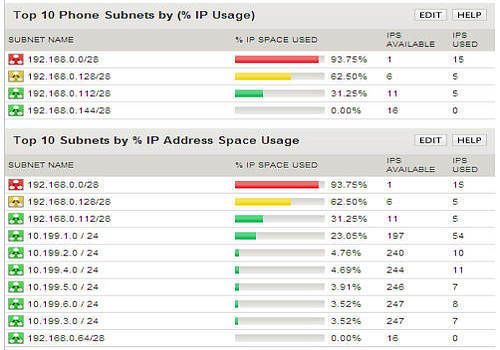I am sorry if this questions is coming as a repeat but I did try finding it here with no help. I wanted to ask if you guys know what would be the best WMI Equivalent for Linux and MAC. This is in reference to any RMM that wants to build equally strong RMM agents for Win, MAC and Linux. WMI namespaces are system objects with their own ACLs. If you go to the WMI MMC snap-in (accessed via the Manage Computer interface) and access the properties for a namespace, there will be a security tab. The account using WMI functionality on the machine needs to have sufficient access via this security.
The Basics¶
We’re not really going to be looking at what you can do with WMI in general, except by way of demonstrating somefunctionality within the module. There are no few examples around the web of what you can do with the technology(and you can do most things with it if you try hard enough). Some links are at the bottom of the document.
Connecting¶
Most of the time, you’ll simply connect to the local machine with the defaults:
If you need to connect to a different machine, specify its name as the first parameter:
Querying¶
The most common thing you’ll be doing with WMI is finding out about various parts of your system. That involvesdetermining which WMI class to interrogate and then treating that as an attribute of the Python WMI object:
Wmi Equivalent For Macs

The “which WMI class to interrogate” part of that earlier sentence is not always so easy as it sounds. However,with a good search engine at your disposal, you can be pretty much assured that someone somewhere has done the samething as you albeit with a different language. There are some helpful links at the bottom of this document, but Ioften simply stick “WMI thing-to-do” into my search engine of choice and scan the results for convincing answers.
Mac os big sur on unsupported mac. Note that, although there is only, in this case, one Operating System, a WMI query always returns a list, possiblyof one item. The items in the list are wrapped by the Python module for attribute access. In this case, theWin32_OperatingSystem class has several attributes, one of which is .Caption, which refers to the name of theinstalled OS.
Monitoring¶
Wmi Equivalent For Mac High Sierra
WMI has the concept of events. There are two types, intrinsic and extrinsic, which are discussed below. The Pythonmodule makes the difference as transparent as it can. Say you wanted to track new processes starting up:
Note that you must pass one of “creation”, “deletion”, “modification” or “operation” to the .watch_for method. Ifnot, slightly odd errors will result.
New in version 1.3.1: If you don’t specify a notification type to an intrinsic event then“operation” will be assumed, which triggers on any change to an object of that class.
Updating¶
Some, but by no means all, WMI classes allow for the possibility of writing information back. This you do bysetting attributes as usual in Python. Note that the class may let you do this without complaint even thoughnothing useful has happened. To change the display name of a service, for example, you need to call the service’s.Change method. You can update the displayName attribute directly without error, but it will have no effect.
The most typical place in which you’ll set an attribute directly is when you’re creating a whole new object from aclass’s .new method. In that case you can either set all the parameters as keyword arguments to the .new call oryou can specify them one by one afterwards.
Methods¶
Some WMI classes have methods to operate on them. Bootable usb mac os el capitan. You can call them as though they were normal class or instancemethods in Python. From version 1.3.1, parameters can be positioned; before that, they must be named. If you wantedto stop the (running) RunAs service, whose short name is “seclogon”: